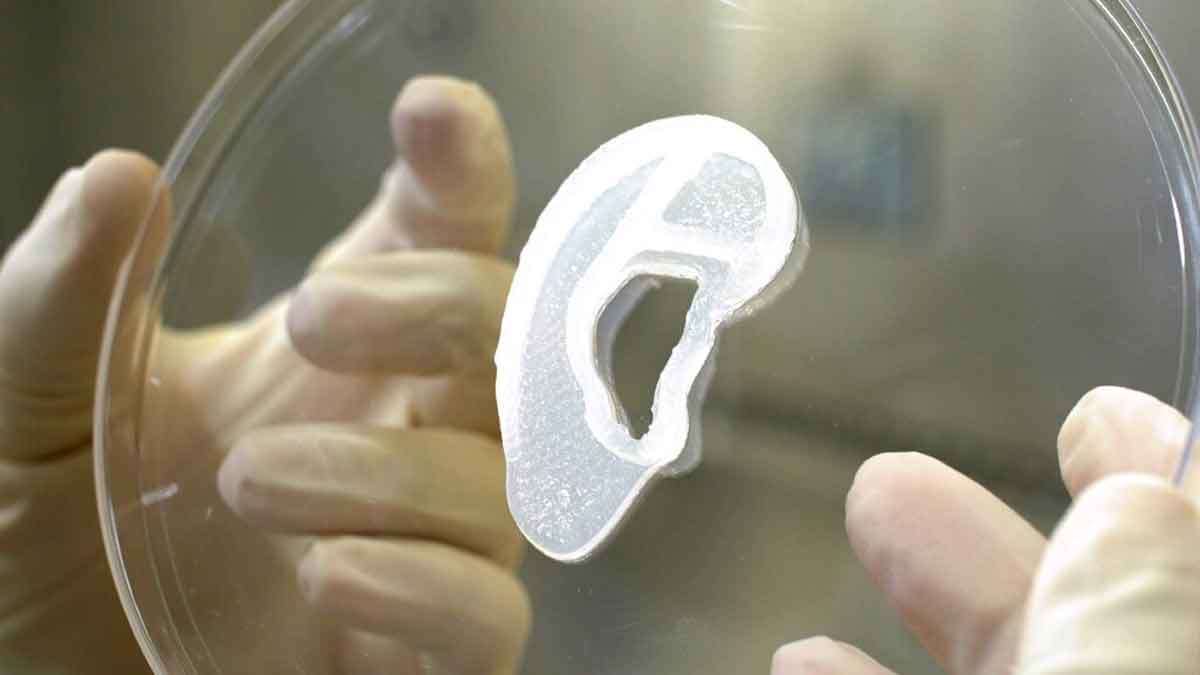A medical team from the United States said that they have repaired a human ear while using patient’s own tissue to build a 3D bioimplant, a groundbreaking process that they expect can one day be used to treat others with a rare birth condition.
The surgery was part of an early-stage clinical experiment to assess the implant’s safety and efficacy in persons with microtia, a condition in which the external ear is small and in poorly shaped.
The implant, known as AuriNovo, was created by 3DBio Therapeutics, and the procedure was performed by Arturo Bonilla, founder and director of the Microtia-Congenital Ear Deformity Institute in San Antonio, Texas.
“As a physician who has handled thousands of children with microtia from throughout the country and around the world,” Bonilla said in a statement, “I am excited by what this technology may mean for microtia kids and their families.”
Read more: Punjab allows swap transplant from stranger to end organ trafficking
He hopes the implant may one day enhance the conventional procedure for microtia, which requires grafting cartilage from a patient’s ribs or reconstructing the outer ears with synthetic materials such as porous polyethylene (PPE).
The method entails creating a blueprint by 3D scanning the patient’s opposite ear, then extracting a sample of the patient’s ear cartilage cells and growing them to a sufficient quantity.
These cells are combined with bio-ink made of collagen and moulded into an outer ear. The implant is encased in a printed, biodegradable shell that provides direct help but eventually dissolves in the patient’s body.
The implanted ear is expected to mature over time, taking on the natural appearance and feel of a normal ear, including flexibility.
The clinical research, which is being done in California and Texas, is expected to enroll 11 participants.
“The AuriNovo 3D implant requires a less intrusive surgical technique than rib cartilage restoration,” Bonilla added, “We also expect it to result in a more flexible ear than a PPE implant restoration.”
Microtia affects around one out of every 2,000-10,000 babies, according to the Centers for Disease Control and Prevention. Diabetic mothers and a maternal diet deficient in carbs and folic acid are two factors that can increase risk.
Boys are more likely than girls to be afflicted, while Hispanics, Asians, Pacific Islanders, and Native Americans are more affected than non-Hispanic whites.
Children with microtia can develop normally and lead healthy lives in the absence of additional disorders, though they may struggle with self-esteem and face taunting and bullying because of their appearance.
3DBio plans to develop implants with more severe kinds of microtia in the future.





















